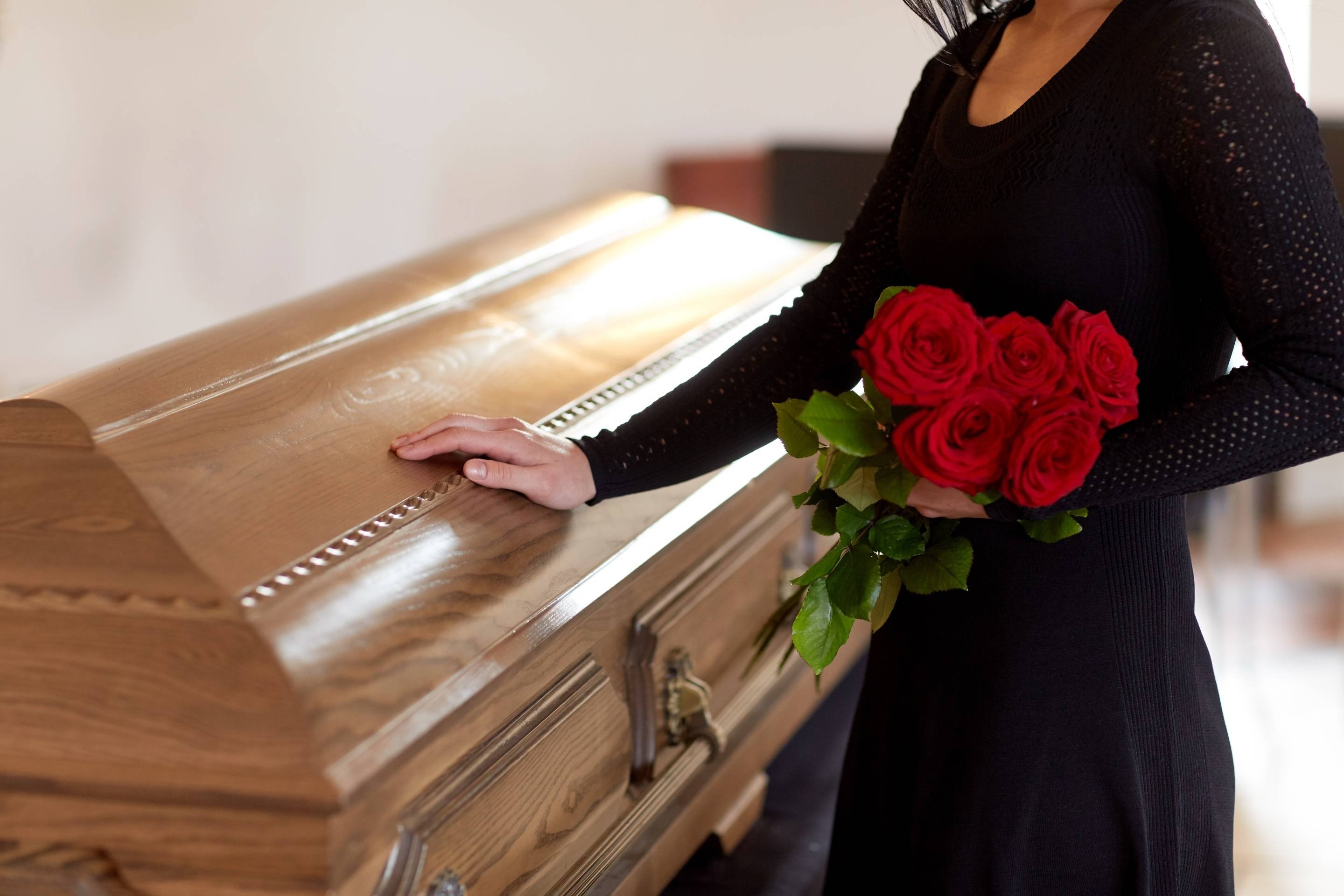
Funeral etiquette: the dos and don’ts
Posted by AK Lander | On March 23, 2020 00:00
At a funeral knowing what to wear and where to sit are all things that can be confusing, so look at our funeral etiquette guide that will answer some common questions.
At a funeral, knowing what to wear and where to sit are all things that can be confusing. Hopefully our funeral etiquette guide to help answer some common questions you may have.
Funerals are very emotional events and not knowing how to act can add to the distressing experience. Issues such as what to wear, how long to stay and where to sit are all things attendees need to consider.
Knowing the etiquette guidelines around funerals will help you feel more comfortable at the service and, for families of the deceased, knowing more about funeral etiquette will give you one less thing to stress about ahead of the service. You can then concentrate on choosing new memorial headstones and other things that need to be organised before the funeral.
Discover answers to the most common questions about funeral etiquette:
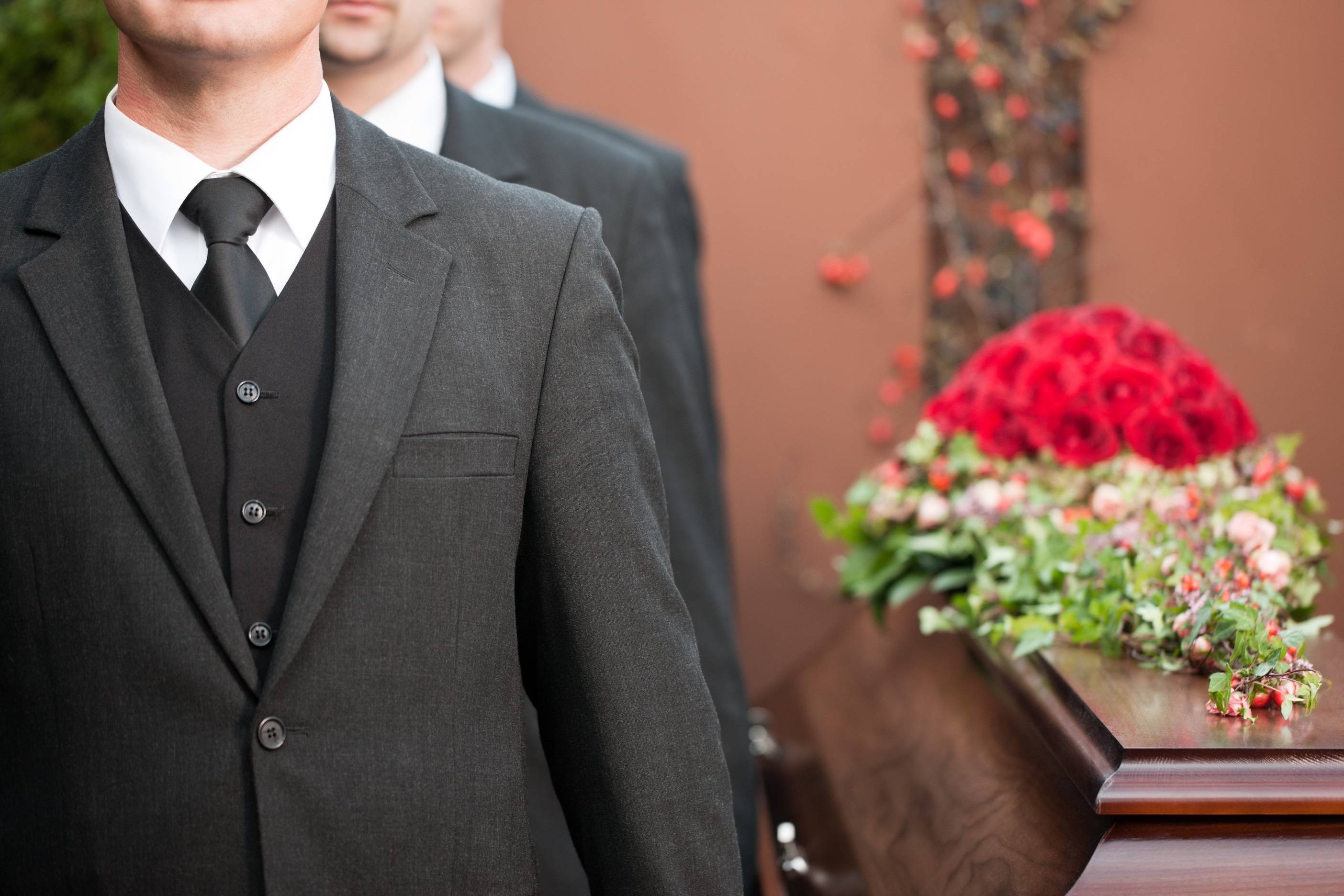
What should I wear to a funeral?
One of the most common questions about funeral etiquette is what clothes should attendees wear?
Julie Blais Comeau Chief Etiquette Officer at Etiquette Julie and the author of Etiquette: Confidence & Credibility, says that wearing black or dark colours are generally considered appropriate.
“For most cultures and religions, when attending funeral men and women should wear black or dark colours such a charcoal, navy or grey. Their attire should be clean, sombre and reserved without bringing undue attention to one’s self. Jewellery should be classic, discreet and not too prevalent.
“Exceptions are when family members make a special request to wear clothing of a certain colour or of a specific theme. In those cases, funeral attendees should oblige by following the dress code guidelines.
“Funeral attendees should also beware of perfumes; less is better. Wearing too much cologne could give nausea or cause allergic reactions.
“When attending a funeral from a different religion or culture and uncertain about clothing customs, ask a loved one or call the funeral parlour for guidance on dos and don’ts.”
Esther Cardenas Pipoly, the founder of Loss of Life Advocates (LOLA), a helpful resource for those experiencing a loss, agrees that wearing something subdued is the best option when it comes to funeral attire.
“Think clean, smart, and casual—nothing too flashy or formal. For men, that usually means a coat and tie in a subdued shade of navy, grey or black. Women should stick to a simple dress within that same colour palette and avoid anything that is sheer or too formal. A black dress that is appropriate for a cocktail party is probably not appropriate for a funeral. Ladies should also consider footwear. If the service will be graveside, a closed toe shoe is a smart choice. Shoes with an open toe can collect grass or dirt and become uncomfortable. Choose a low, square heel over a stiletto or pump, which can sink into the soft ground.”
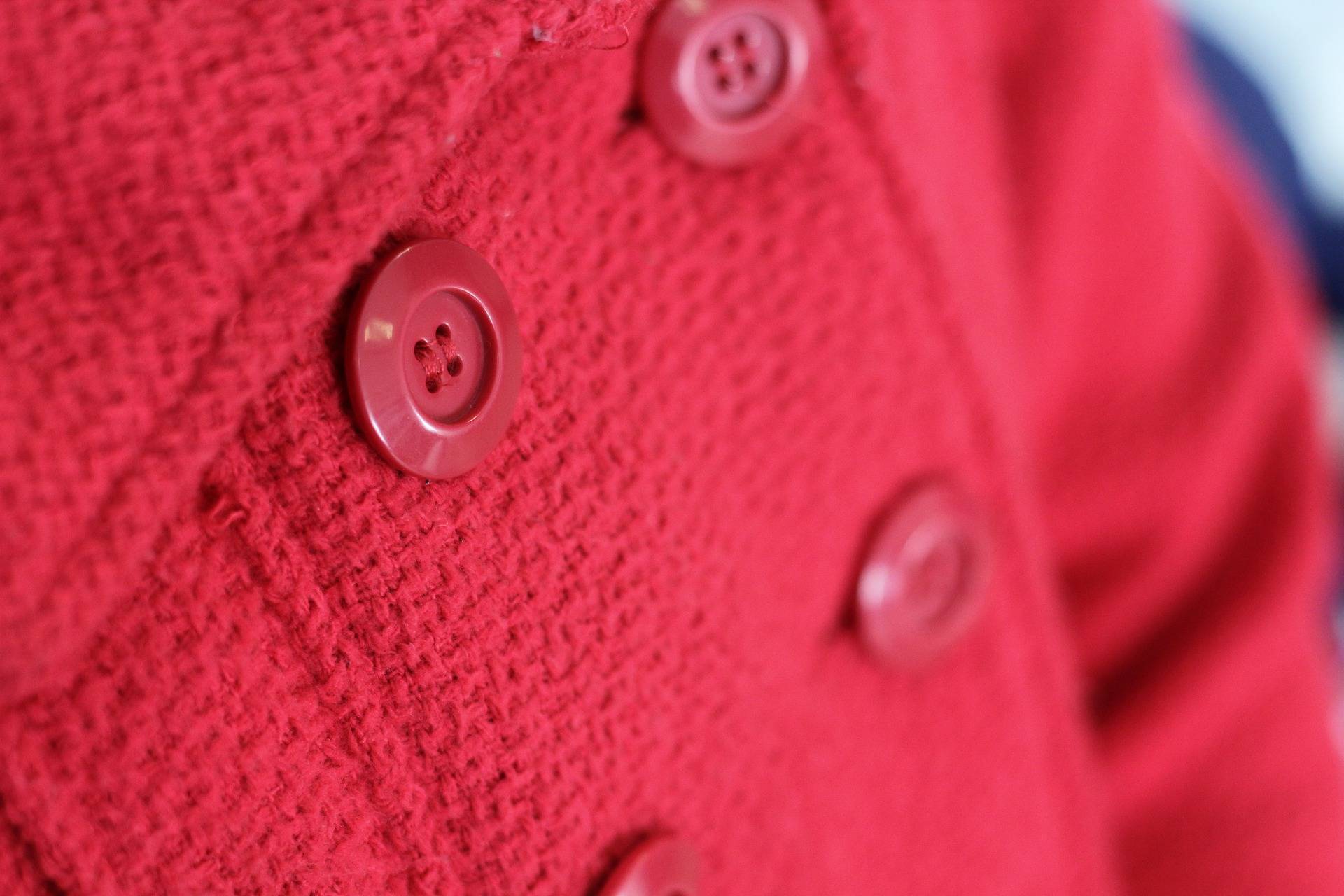
Why you shouldn’t wear red to a funeral
Wearing red to a funeral can be a sign of disrespect. It will give others a completely wrong impression if you wear a bright and bold colour to a funeral, as this goes against the dark, muted colours associated with sadness and mourning.
It is best to avoid wearing red and other loud colours, according to Diane Gottsman, who is a national etiquette expert, author of Modern Etiquette for a Better Life, and founder of The Protocol School of Texas.
“Wearing red is often seen as disrespectful because the colour is bold, stands out, can be distracting and takes on a look of festivity rather than sadness. I would strongly recommend you choose your wardrobe with the utmost respect for the family member and select a colour and an outfit that shows deference to the departed.”
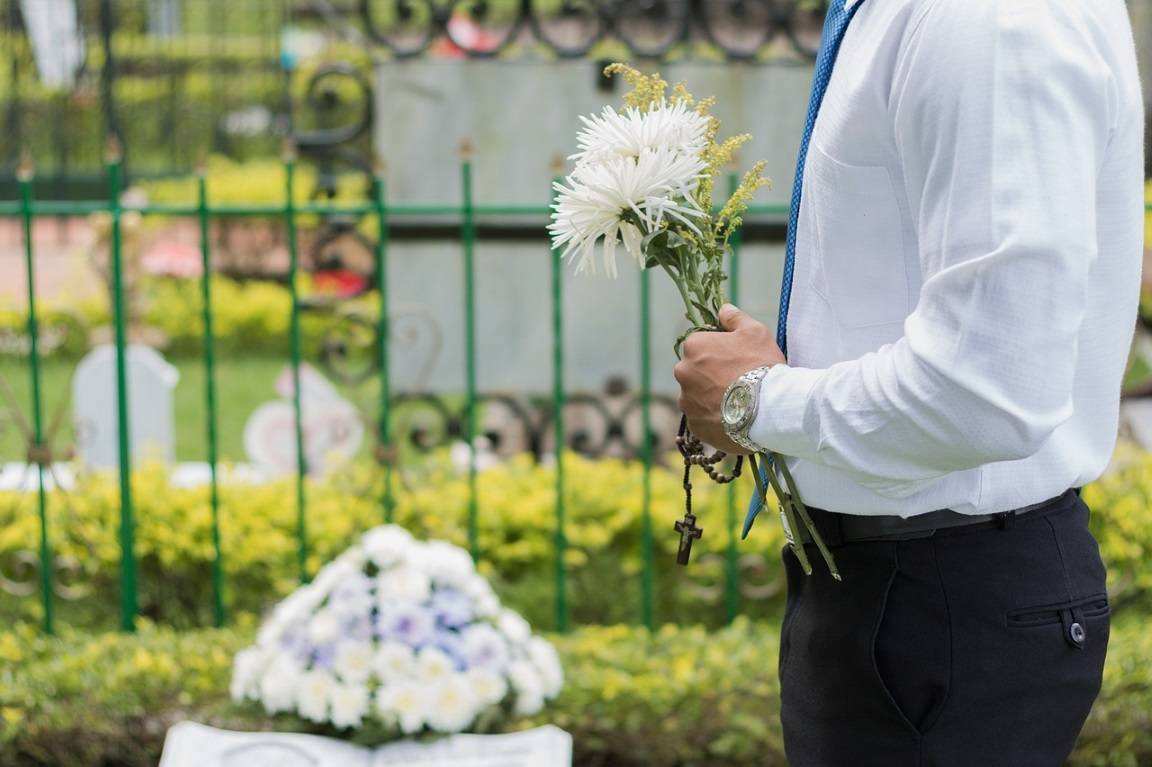
What should I do if I can’t attend the funeral?
If you are unable to attend a friend or family member’s funeral, then it is considered polite to let the family know.
Esther Cardenas Pipoly from Loss of Life Advocates, adds, “If you cannot make the service due to illness or prior commitment, send a card or note to the family before the service or, if you are a close friend of the family, consider calling ahead of time to explain your conflict.”
Can children go to a funeral?
Children can go to a funeral, but toddlers and babies could be disruptive, especially if the service is long. Etiquette Julie’s Chief Etiquette Officer Julie Blais Comeau, says, “Depending on their relationship to the deceased funeral attendees should carefully consider whether to bring their children, especially infants.”
If you take older children to the funeral it is a good idea to prepare them for the service to give them an insight into what they expect.
Where should I sit at a funeral?
Chief mourners will sit at the front of the church or crematorium and if you are in a large church or chapel that is not full you shouldn’t sit at the back.
Instead, you should sit behind the chief mourners as the close family may feel isolated at the front and the clergy may find it difficult to be heard if you’re sat right at the back.
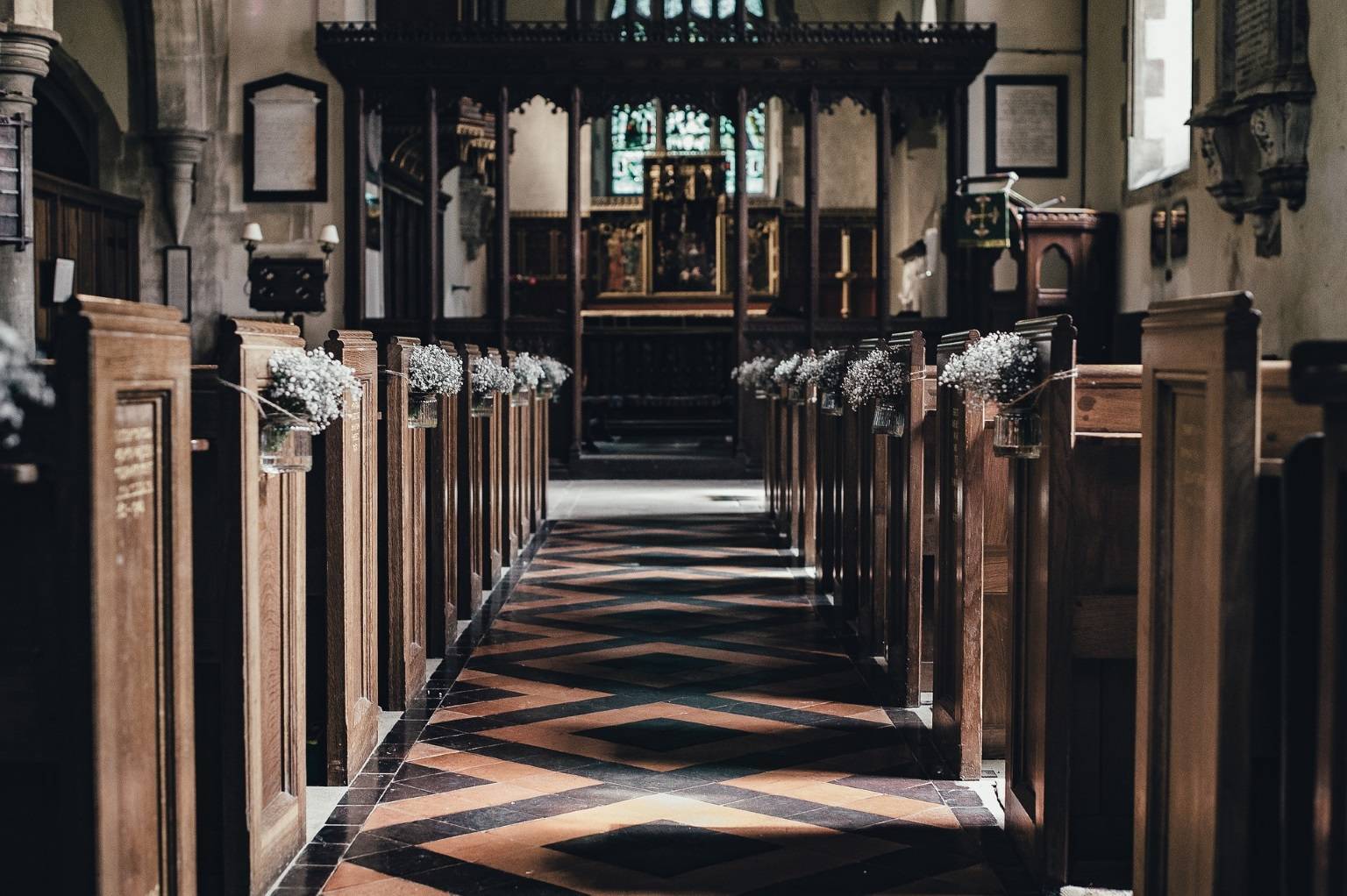
Do I need to be invited to a funeral?
A funeral service is generally open to anyone unless the family of the deceased has specifically requested for a private ceremony to be held.
The service is an opportunity for family, friends and others to all say their last goodbyes to the person that has passed away.
Other etiquette tips
Offer your condolences
It is important to offer your condolences and if you’re a friend of the deceased you should find close family members and offer your sympathy.
Julie Blais Comeau from Etiquette Julie, adds, “Seek close family members to offer your condolences and mention your relationship to the deceased along with anecdotes.”
Loss of Life Advocates’ Esther Cardenas Pipoly says there are certain phrases to avoid when you’re offering your condolences:
“When you express your condolences either at the service or in a card or message, be mindful of what you say. According to the Grief Recovery Method Institute a few common phrases to avoid include:
- Don't feel bad
- Time heals
- Be strong
- Stay busy
“Instead, try something like, ‘I know you are hurting, please let me know how I can support you.’”
Diane Gottsman also offered advice about phrases you could use:
“Saying something like, ‘I am so sorry’ or, ‘I have no words to express my sadness. Steven was a wonderful man and we will all miss him terribly.’ There is no rule for a heartfelt message and the grieving friend or family member will appreciate your support.
“You will have to use your best judgment to determine if the grieving friend/family member wants to talk. Their facial expressions and body language will tell you as much as their words. They may not be up to a long conversation but could use a warm hug, or someone to sit with them for a while. They may want to talk about their loved one, or it might be too painful to recount certain memories. Everyone grieves differently.”
Don’t use your phone at the funeral service
Something you should certainly avoid doing at a funeral is using your phone or taking photos at the service.
Esther Cardenas Pipoly, says, “You should never take out your phones for any reason, but especially not to scroll social media or take photos. I suggest leaving your phone in the car but, if you must bring it, make sure to keep it in silent mode. If you know that you will be expecting a call, sit towards the back of the room so that you can easily step outside to take care of it.”
Diane Gottsman, agrees, “It’s always best to keep your phone in your jacket or purse. Do not take photos of anyone at the funeral service – keeping in mind you are not at a party but at a ceremony that requires your utmost respect.”
You could offer to bring a dessert to the funeral reception
At a post funeral reception it is a good time to spend time together to remember the person who passed away over some food and nibbles.
Julie Blais Comeau says for attendees who are close to the family you could prepare a meal or dessert for the post funeral reception and she offers some advice on what you could make.
“If readers are close to the family of the deceased, they can offer to prepare a meal or a frozen dessert.”

Be on time
It is important that you arrive on time and stay for the entire service. A lot of people will often arrive early to see other mourners and talk about the deceased.
If you are late you should enter quietly and find a seat quickly, while mourners that need to leave the service a bit before the end should sit at the back and leave as unnoticed as possible.
Don’t rush the healing process
After someone has deceased it is very upsetting for family and close friends to deal with and it is important to understand that people react in different ways.
Diane Gottsman explains, “Some people may need a diversion and appreciate drop-in guests, while others may wish for a quiet moment to themselves. Some people go back to work right away while others need more time. What they need from you today may be different than a few weeks from now. You may want desperately to cheer them up, but healing takes time and has highs and lows.
“If you don’t hear back from your friend, understand they are coming to terms with a new normal. They may feel overwhelmed with food, calls and inquiries. Getting back into a normal routine can be quite an adjustment. Offer to help with errands, yard work, driving to doctors’ visits, or whatever they may need. Don’t wait for them to reach out – check in by text, voicemail or in person. Let them know you are a call or text away when they need you. Be proactive without coming across as pushy or overbearing.”
Simple acts of kindness matter
Diane Gottsman says that acts of kindness will be remembered by the deceased closest relatives.
“Any simple act of kindness will be appreciated during this difficult chapter, and you’ll be glad you made the effort. People remember those who come through for them during difficult times in their lives.”
